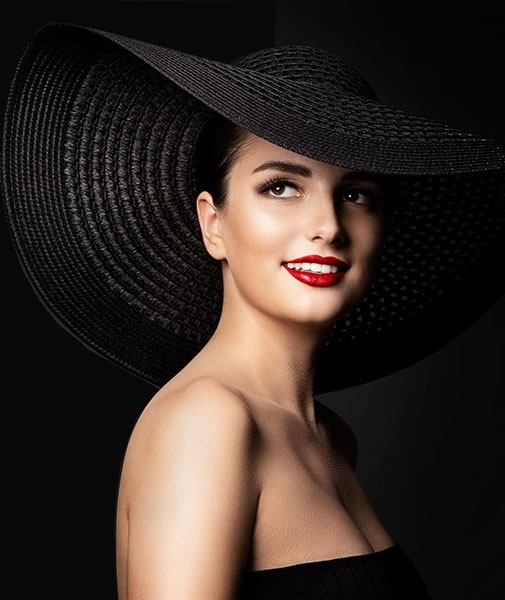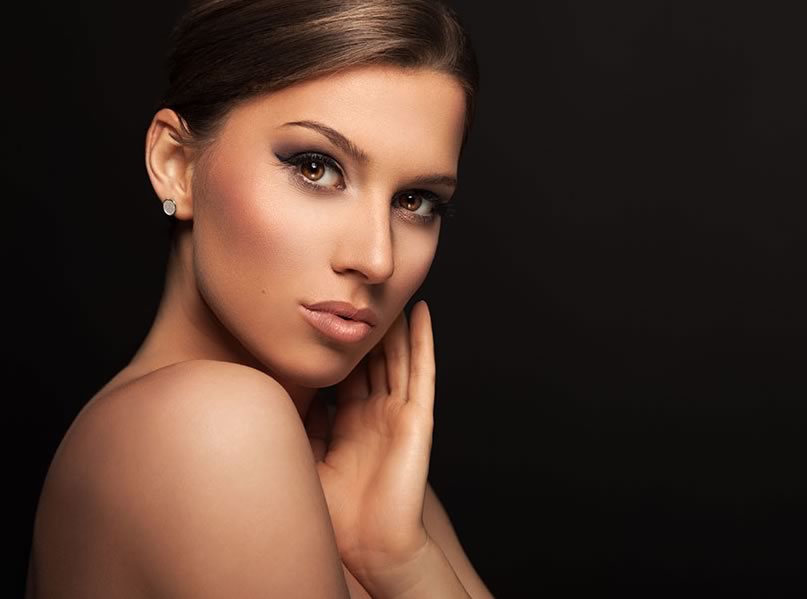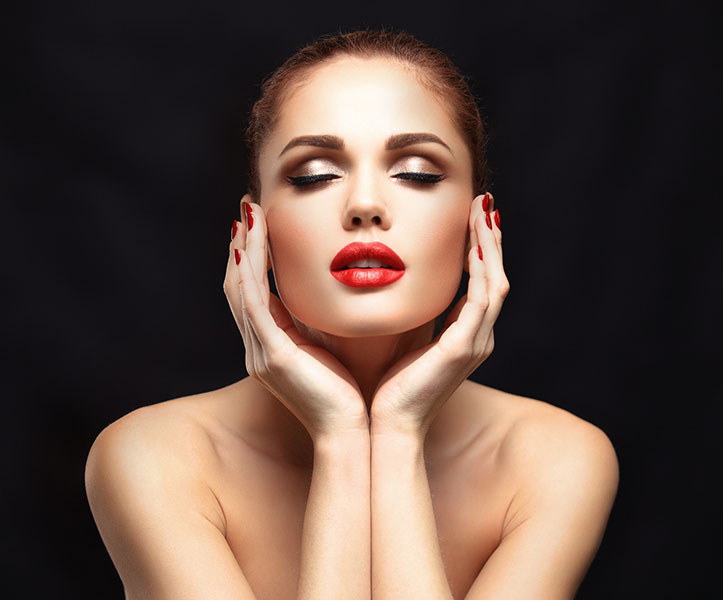 Your great-grandmother might have called the little flat, grayish brown spots on the backs of her hands and the side of her face “liver spots,” or “age spots.” Their medical name is “solar lentigines.” Whatever you call them, they are not very attractive, and today Orlando Cosmetic Surgery will explain their symptoms and treatments.
Your great-grandmother might have called the little flat, grayish brown spots on the backs of her hands and the side of her face “liver spots,” or “age spots.” Their medical name is “solar lentigines.” Whatever you call them, they are not very attractive, and today Orlando Cosmetic Surgery will explain their symptoms and treatments.
Causes:
According to the Mayo Clinic, “Age spots appear when melanin becomes “clumped” or is produced in particularly high concentrations. In addition to sun exposure, simply becoming older can cause the extra production of melanin. Your genetic makeup may also play a role in how susceptible you are to the development of age spots.”
Recent research has shown that children’s skin needs major protection in the formative years. Some new studies show that, although they are called age spots, the sun damage that causes them can begin in your youth. For some up-to-date UV camera studies on the risks of sun damage and your child, click here.
Appearance and Symptoms:
These are simply spots of darker pigmentation, colored in gray, black or brown, on your skin. Most often they are flat, and oval-shaped. Usually they are found on your face, hands, shoulders and arms. It is not coincidental that these are also places most commonly exposed to sunshine, since “solar lentigines” are most usually caused by over-exposure to the sun.
Normally seen on patients over 40 years old, younger people, especially those with fair skin, can also be affected by these. Age spots most often develop in people with a fair complexions, but they can be seen in those with darker skin. They can be as small as a freckle, up to a centimeter across. If they bunch together in a group, they can be more prominent and less attractive. Find out more diagonostic information here.
True age spots, or Solar Lentigines, really cause no medical harm, however they can appear to be skin cancer and your doctor should evaluate skin spots that are dark or have changed in appearance. If your spot has an irregular border, an unusual combination of colors, or it bleeds, we strongly suggest you have your doctor check it. Sometimes these changes can indicate melanoma, a serious form of skin cancer. For some detailed reading about the basics of melanoma, we invite you to click here.
Treatments
Once your doctor ascertains that your spot really is a harmless age spot, you have a number of options for its removal.
• Medications: For fading the spot away, you can use prescription bleaching creams (hydroquinone,) alone or with retinoids, (tretinoin,) and a mild steroid.
Over a few months, you will see the fading of the spot. (Be aware that you might have some temporary itching, redness, dryness or burning.) Use a sunscreen with a protection factor (SPF) of 30.
• Laser therapy: A laser destroys melanin-producing cells (melanocytes) without damaging the skin’s surface. You might need several sessions, but then you will see the ugly spots fade gradually over several weeks or months.
• Freezing: Also known as cryotherapy, this is the application of liquid nitrogen or another freezing agent to the age spots. The extra pigment is destroyed. As the skin heals, it appears lighter. This therapy is popular for a single spot or a small group of age spots. There might be some irritation and a slight scar.
• Dermabrasion: In this procedure, your skin is lightly sanded down with a rapidly rotating brush. This process removes the skin surface, and a new layer of skin will form. Temporary redness and scab formation can result from this treatment.
• Chemical peel: In this process, a controlled amount of acid is delicately applied to the skin. As your skin peels, and heals, smooth new skin appears. As with some other procedures, you might need more than one treatment.
Prevention: Undoubtedly, the key to age spot problems is to avoid getting them in the first place:
• First, Orlando Cosmetic Surgery advises you to avoid sunning yourself between 10 a.m. and 4:00. Secondly, Use a sunscreen with 15-30 UVA and UVB light. It should be applied quite heavily, 15-30 minutes before outdoor exposure.
• Secondly, put on that pretty swimsuit cover up! Add your floppy, wide-brimmed hat, and wear large, movie-star sunglasses, and you will be outfitted to avoid the dreaded “liver spots.”
Unlike the leopard, you really can change your “spots,” but be sure you choose a reputable, highly skilled team of professionals, like Orlando Cosmetic Surgery, LLC., before committing to procedures of any kind. Read more about loving the surface and texture of your skin by clicking on our blog page , the Skincare Manual. Thank you for reading our blog about “Liver Spots,” and we hope you will continue to visit us for news about cosmetic procedures. Won’t you “friend” us or give us a “pin?” Just click on one of the little buttons below, and share the knowledge from Orlando Cosmetic Surgery!






